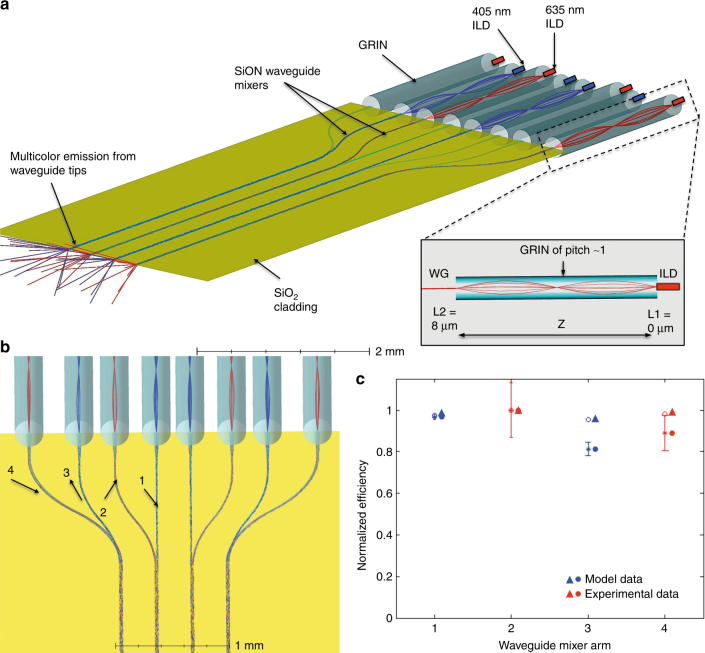Fig. 3. Optoelectrode optical design and light propagation.
a Zemax optical model of optical mixer waveguide coupled to ILDs to deliver multicolor light output at all waveguide ports. The model consists of eight ILDs (four 405 four 635 nm ILDs) coupled to arms of optical mixer via their respective GRIN lenses. The 405 nm (2.38 mm long) and 635 nm (2.54 mm) GRIN lenses were designed and simulated in Zemax to facilitate optimal coupling while allowing maximum misalignment tolerance between the ILDs and the waveguide. The focused beam enters the waveguide mixer arms, which taper down from a width of 50 μm and converge into a 5 mm-long straight waveguide (cross-section: 30 μm × 7 μm). The schematic in the inset shows a full pitch GRIN lens collimating and focusing a divergent ILD laser beam into the waveguide mixer arm (WG). GRIN design parameters including N.A., working distances (L1 and L2) and mechanical length (Z), were optimized to achieve the desired magnification (M < 1) for enhanced optical coupling27. L1 and L2 denote object and image distances, respectively, that can fit well within the device fabrication and assembly precision. b Waveguide mixer arm geometries designed in Zemax to achieve optical output within ~3% of the mean value for both transmitting wavelengths (405 and 635 nm) at all waveguide ports. Mixer arm 1 is a straight waveguide. Mixer arms 2 and 3 are identical with 2.335 mm bending radius, but arm 2 transmits 635 nm wavelength and arm 3 transmits 405 nm wavelength, resulting in difference in optical intensities delivered at the output of each arm. Mixer arm 4 has the maximum bend of 1.370 mm radius. Since 405 nm wavelength suffers more dispersive loss than 635 nm, mixer arm with minimum loss (arm 1) was designed to transmit 405 nm and mixer arm with maximum loss (arm 4) was designed to transmit 635 nm. c Zemax simulated data and experimental data for normalized optical power emitted at the tip of each waveguide when transmitting at their respective wavelengths. The mixer arms 1 and 3 transmit 405 nm wavelength and are marked in blue; mixer arms 2 and 4 transmit 635 nm wavelength and are marked in red. Though mixer arms 2 and 3 have same geometric design, optical transmission of 635 nm wavelength via arm 2 is more than of 405 nm wavelength via arm 1 because 405 nm gets more scattered than 635 nm wavelength. The experimental optical output of all four shanks was within 11.4% of the mean value for both transmitting wavelengths. The measurement data was collected on optical micromanipulators (for N = 3 devices x 8 waveguides each) as described in Supplementary Information

